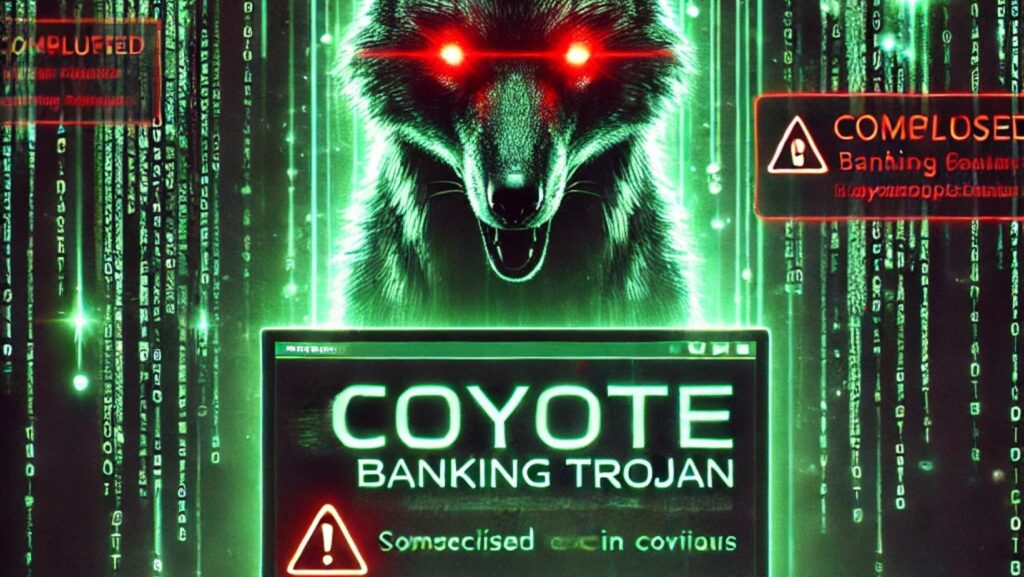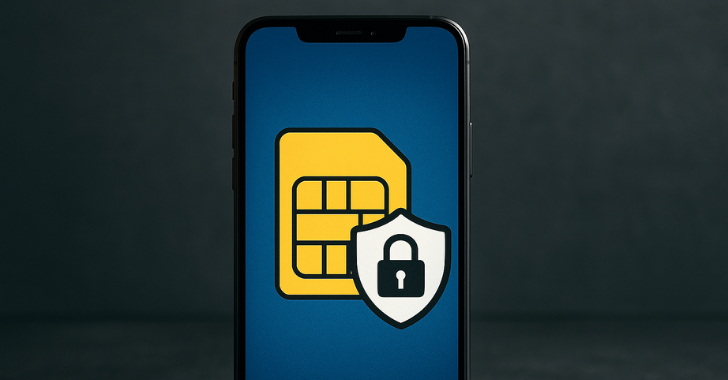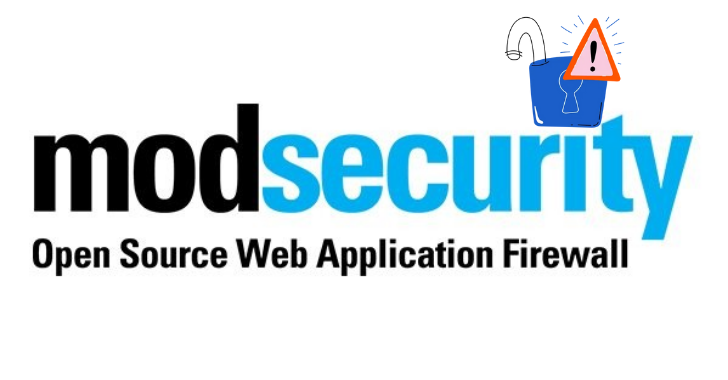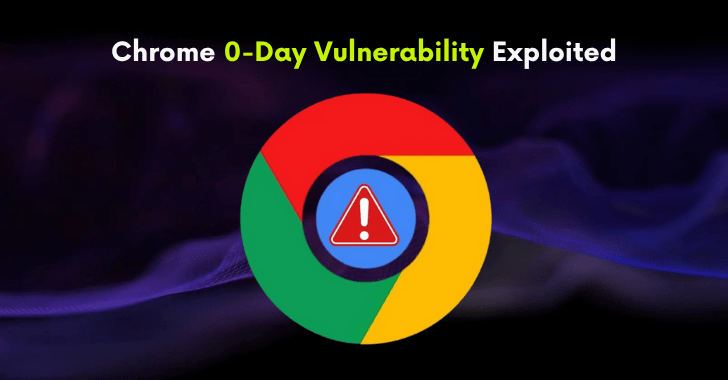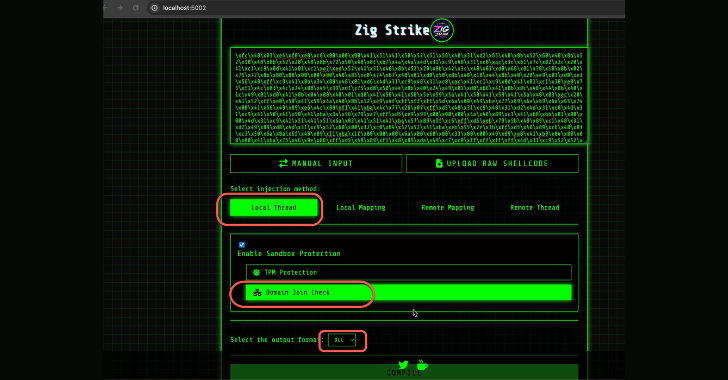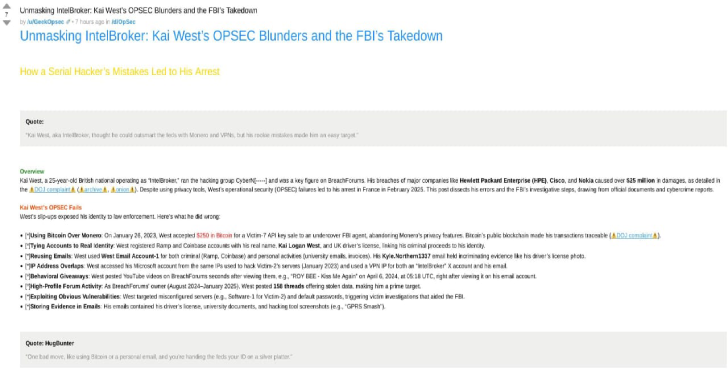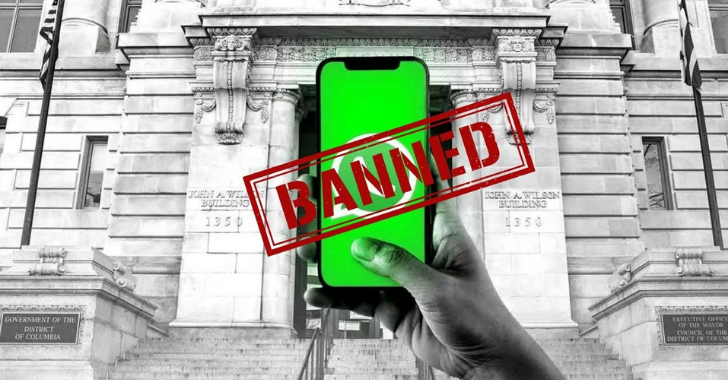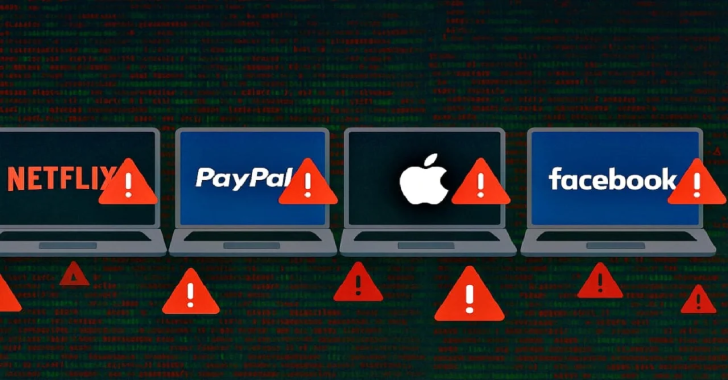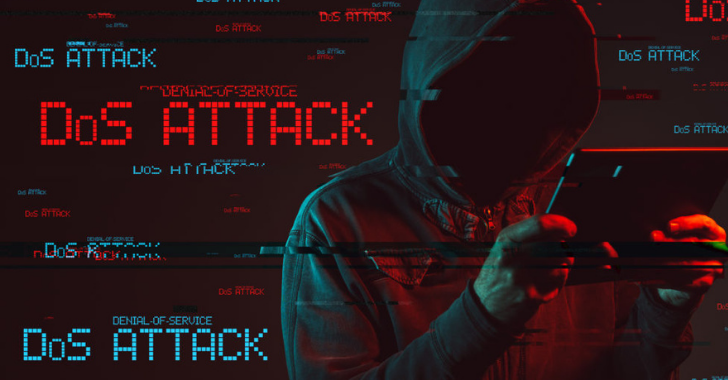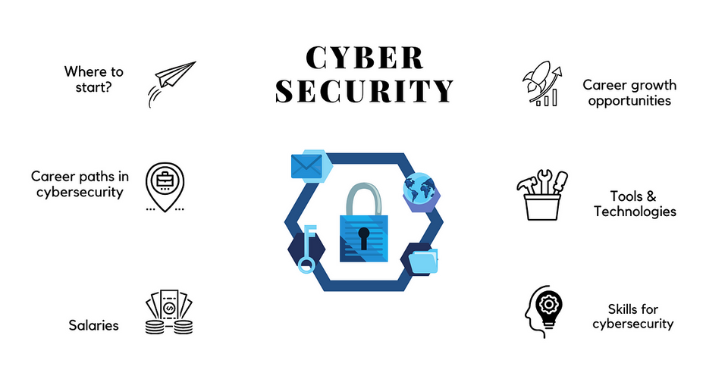In the ever-evolving landscape of cybersecurity threats, the emergence of the Coyote Banking Trojan marks a significant shift in attack techniques. Leveraging malicious LNK files—shortcut files commonly used in Windows environments—Coyote exhibits a sophisticated multi-stage infection chain targeting financial credentials, banking logins, and confidential user data. Organizations and individuals alike must remain vigilant, as this threat demonstrates the increasing ingenuity of cybercriminal actors employing script-based and stealthy payload delivery methods.
Understanding the Coyote Banking Trojan
The Coyote Trojan is a new and advanced strain of banking malware primarily observed in Latin American cybercrime campaigns, but its reach is expanding quickly.
This banking trojan stands out due to its unconventional use of LNK (Windows shortcut) files as an initial infection vector. Unlike traditional malware delivered through macro-laden documents or EXE files, Coyote hides behind legitimate-looking icons, enabling it to bypass many email security filters and deceive users into execution.
Once launched, the LNK file triggers a multi-layered infection chain that incorporates batch scripts, PowerShell commands, and ultimately loads a malicious DLL that acts as the trojan’s core payload. This modular architecture allows it to adapt, evade detection, and maintain persistence.
How the LNK File-Based Attack Chain Works
The infection process behind the Coyote Banking Trojan is both clever and technical. Below is a breakdown of the attack stages:
- Initial Vector – LNK File Distribution
Attackers craft deceptive phishing emails that contain ZIP archives. Within these archives is the malicious LNK file, masquerading as an invoice, receipt, or business-related document. - Execution of Embedded Commands
Upon clicking the LNK file, embedded command-line instructions silently run in the background. These commands execute PowerShell scripts or batch files, which begin fetching the next stage payload. - Download and Execution of Remote Payloads
The script downloads multiple components, including a remote DLL file and various encoded scripts, designed to maintain a low profile by avoiding antivirus detection through obfuscation. - Deployment of the Banking Trojan DLL
The downloaded DLL is injected into legitimate Windows processes (such asexplorer.exeorsvchost.exe), ensuring the malicious code runs covertly. - Data Harvesting and Exfiltration
Once embedded, the Coyote Trojan performs real-time form grabbing, credential scraping, and clipboard monitoring. Targeted data includes online banking credentials, cryptocurrency wallets, and even multi-factor authentication tokens.
Advanced Evasion Techniques
Coyote leverages an array of stealth techniques to bypass detection by antivirus and endpoint protection solutions:
- Living-off-the-land binaries (LOLBins): The malware utilizes native Windows utilities like PowerShell, mshta.exe, and regsvr32.exe to perform malicious operations without dropping new executables.
- Code Obfuscation and Packing: Scripts and DLLs are obfuscated with custom encoding schemes, making them unreadable to basic detection engines.
- Environment Checks: Before executing its payload, Coyote runs virtual machine detection, debugger checks, and sandbox evasion routines to avoid execution in research environments.
- DLL Sideloading: This technique involves placing the malicious DLL alongside a legitimate application that loads it unintentionally, thus giving malware execution under a trusted process context.
Targeted Regions and Financial Institutions
Initially focused on users in Brazil and surrounding Latin American countries, threat actors behind Coyote are believed to be linked to organized cybercrime groups with a deep understanding of regional banking systems. However, new versions have surfaced targeting Spanish-speaking European users and global financial services.
The trojan includes modules tailored to interact with specific online banking platforms, often adapting to different languages, session tokens, and login procedures to maximize its success rate in credential theft.
Indicators of Compromise (IoCs)

Security analysts have identified several key indicators that can help detect Coyote infections:
- Suspicious LNK Files: Files with long and complex command lines in their shortcut properties.
- Unusual PowerShell Activity: PowerShell instances connecting to unknown domains or downloading encoded scripts.
- Outbound Connections to Malicious C2 Servers: Coyote communicates with Command-and-Control (C2) servers to send stolen data and receive updates.
- New Scheduled Tasks or Registry Modifications: Persistence mechanisms often involve stealthy system auto-start entry changes.
Mitigation and Prevention Strategies
To defend against the Coyote Banking Trojan, organizations should adopt a layered security approach:
1. Email Gateway Filtering
Deploy advanced email filters that can scan inside ZIP archives and evaluate the contents of shortcut files for hidden commands.
2. Endpoint Detection and Response (EDR)
Use EDR tools capable of analyzing PowerShell behavior, process injection, and fileless malware techniques in real-time.
3. Disable LNK File Execution
In environments where LNK files are not necessary, administrators should block or restrict their execution using group policies.
4. User Awareness Training
Educate employees about phishing risks, the dangers of opening unexpected attachments, and identifying suspicious shortcut files.
5. Network Monitoring
Monitor network traffic for anomalous connections to known C2 domains and implement DNS-layer protection to block malicious domains before they resolve.
Conclusion
The Coyote Banking Trojan represents a dangerous evolution in malware distribution tactics, capitalizing on user trust in familiar file types like LNK. Its multi-layered attack chain, modular architecture, and use of script-based delivery mechanisms make it an elusive threat capable of bypassing traditional defenses. By understanding its techniques and implementing robust mitigation strategies, organizations can better protect themselves from this stealthy financial malware.
Stay informed, stay secured—and always verify before you click.
